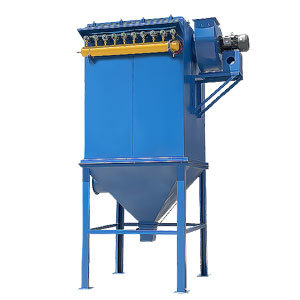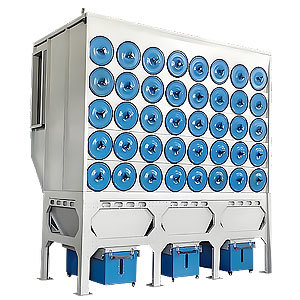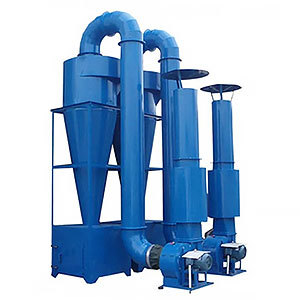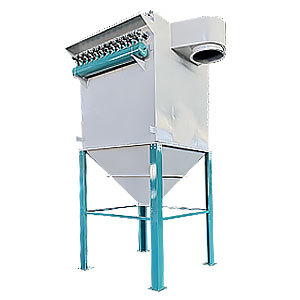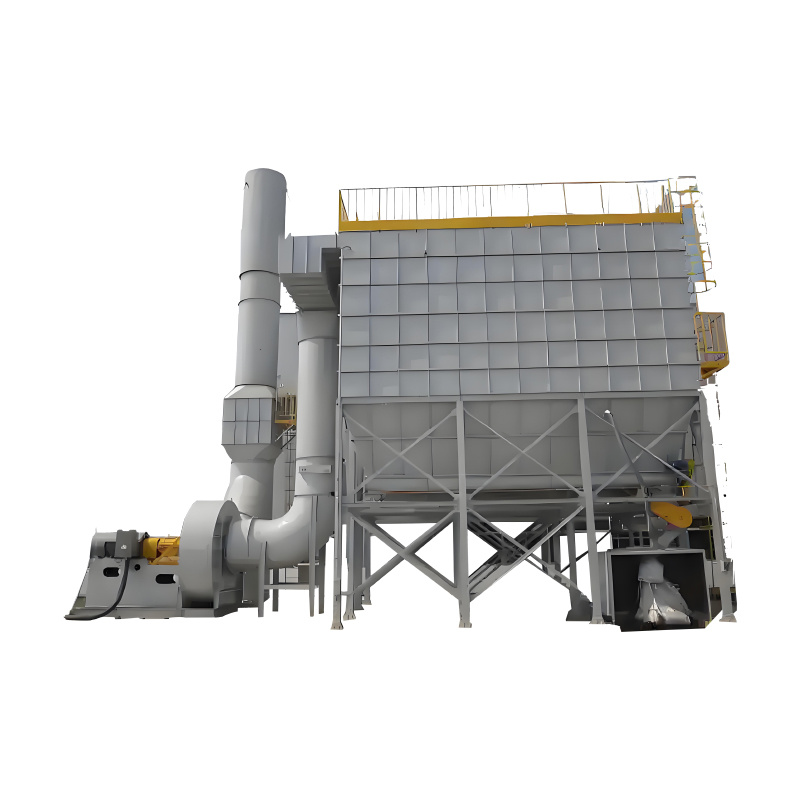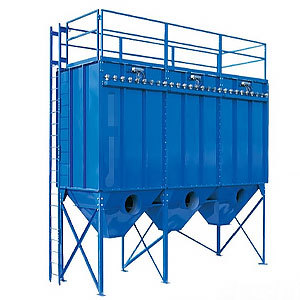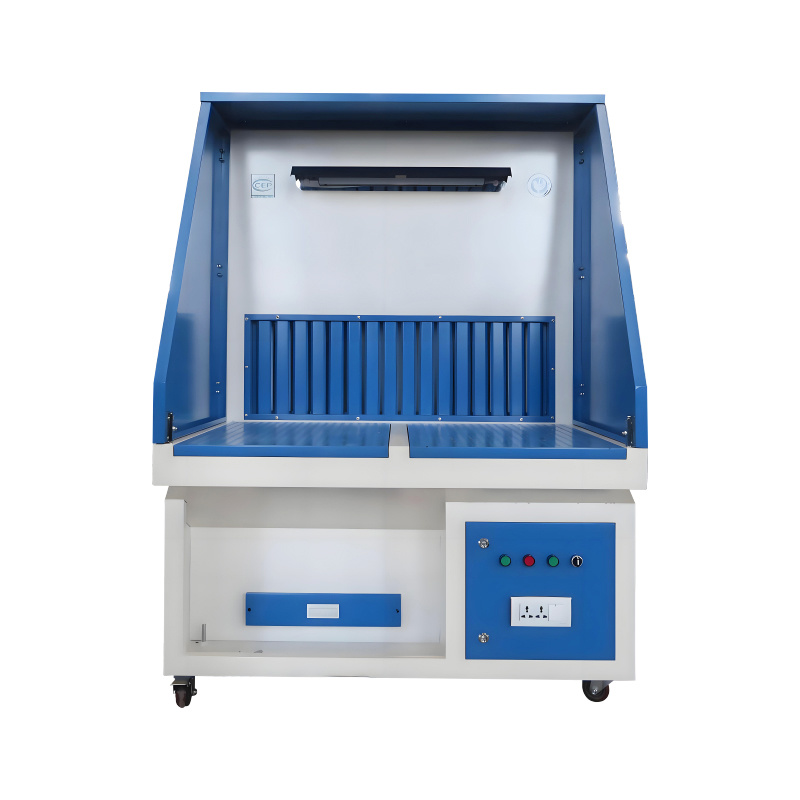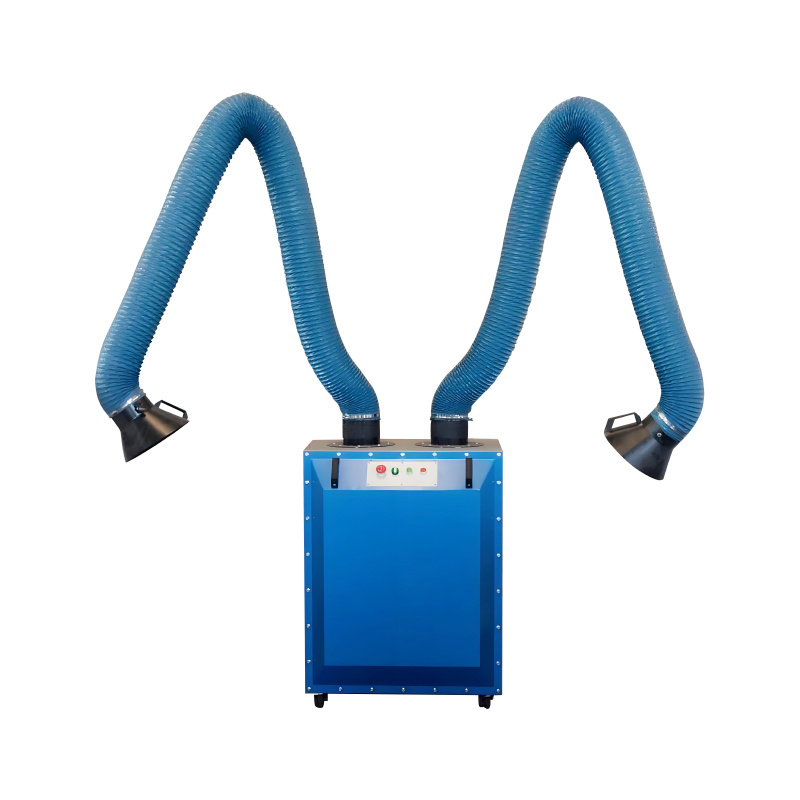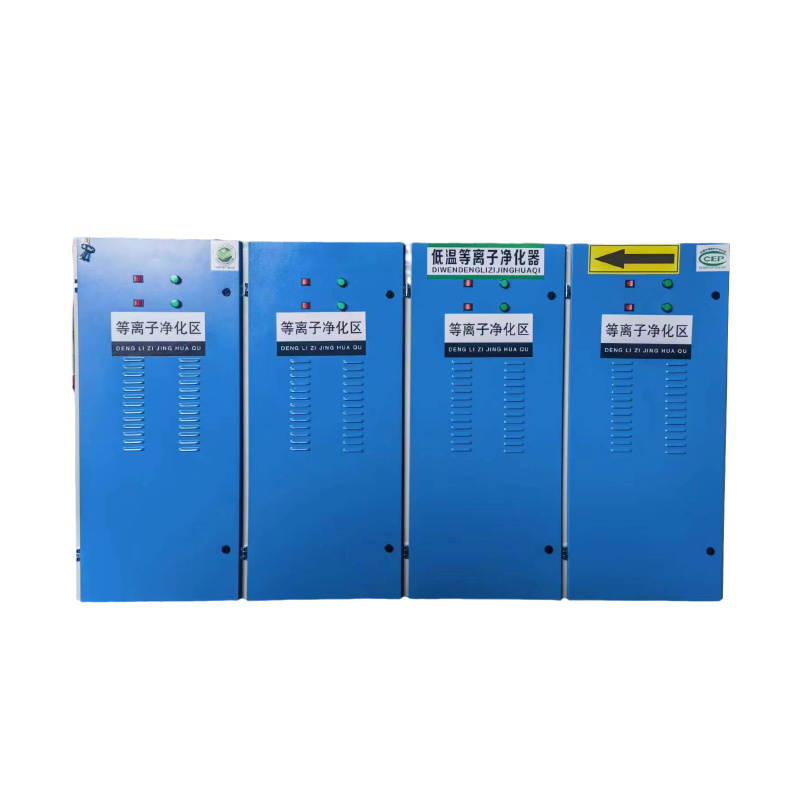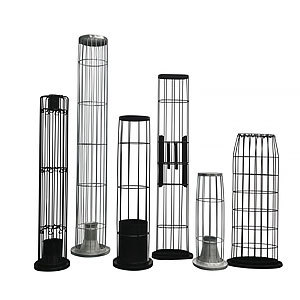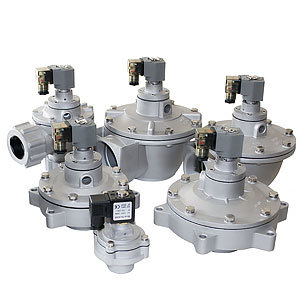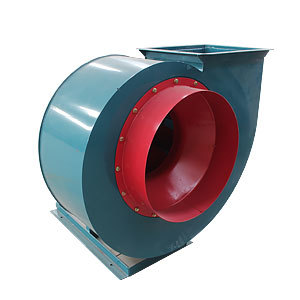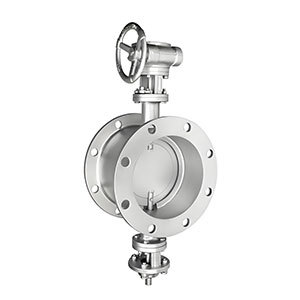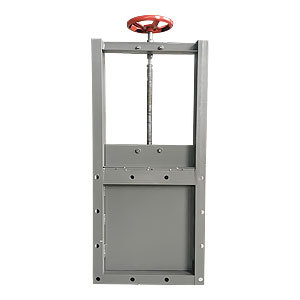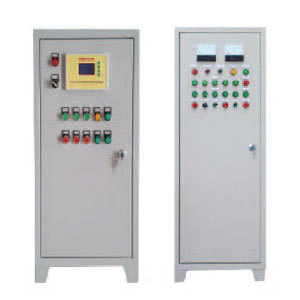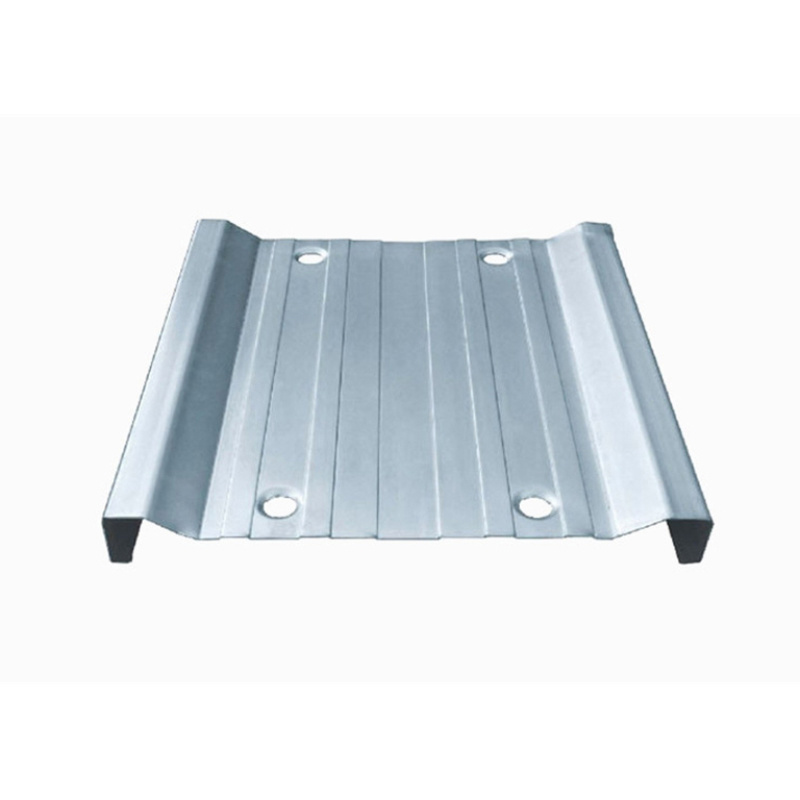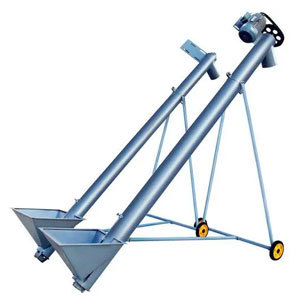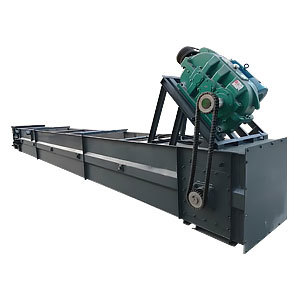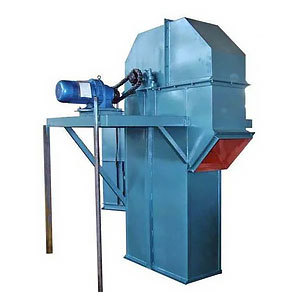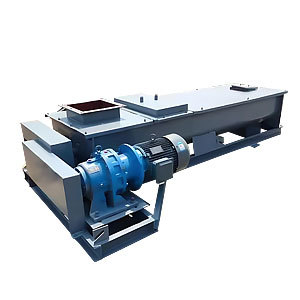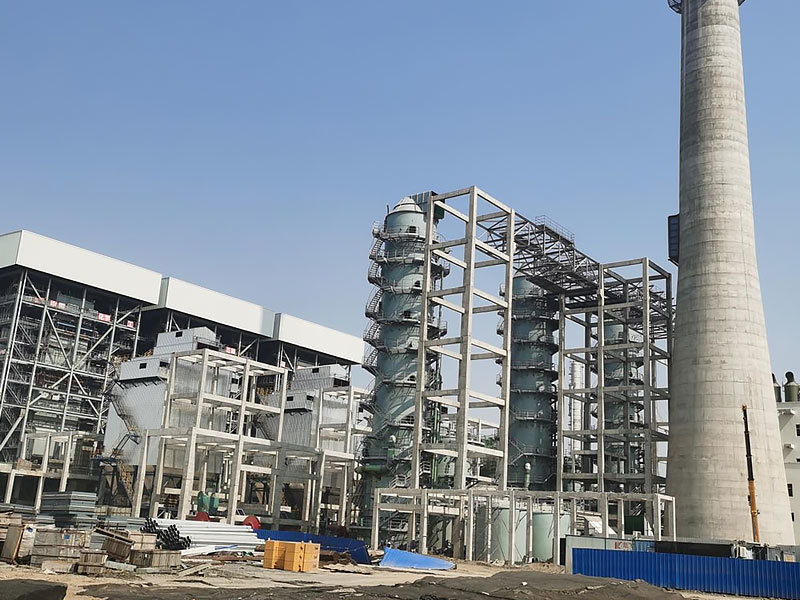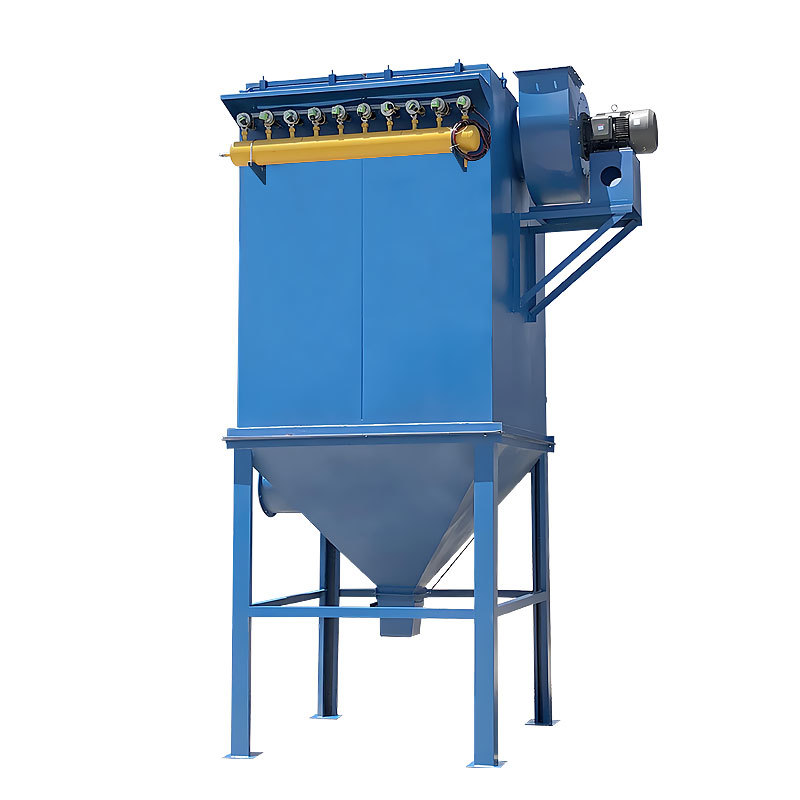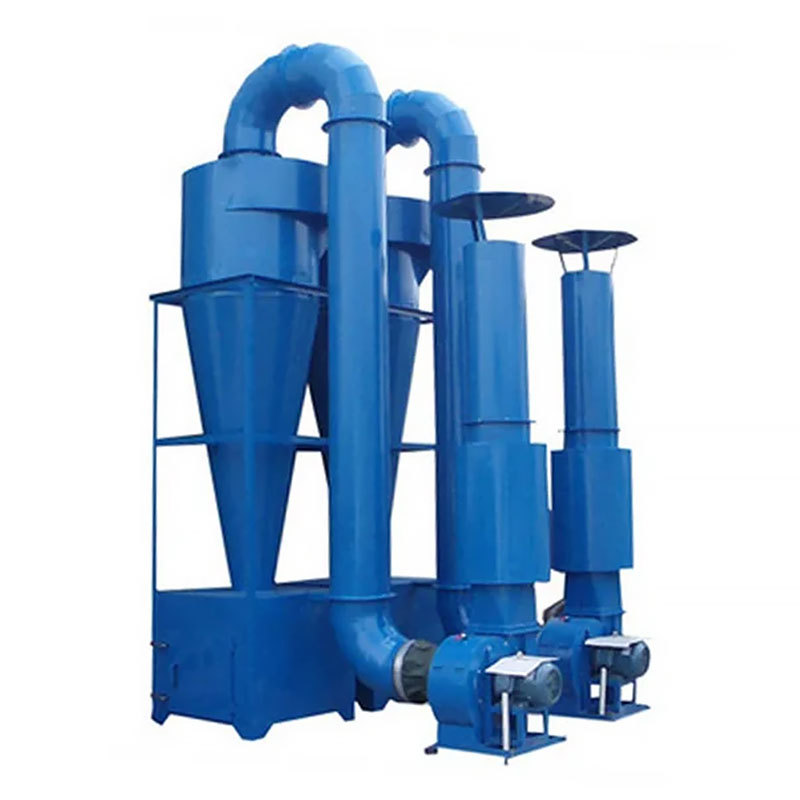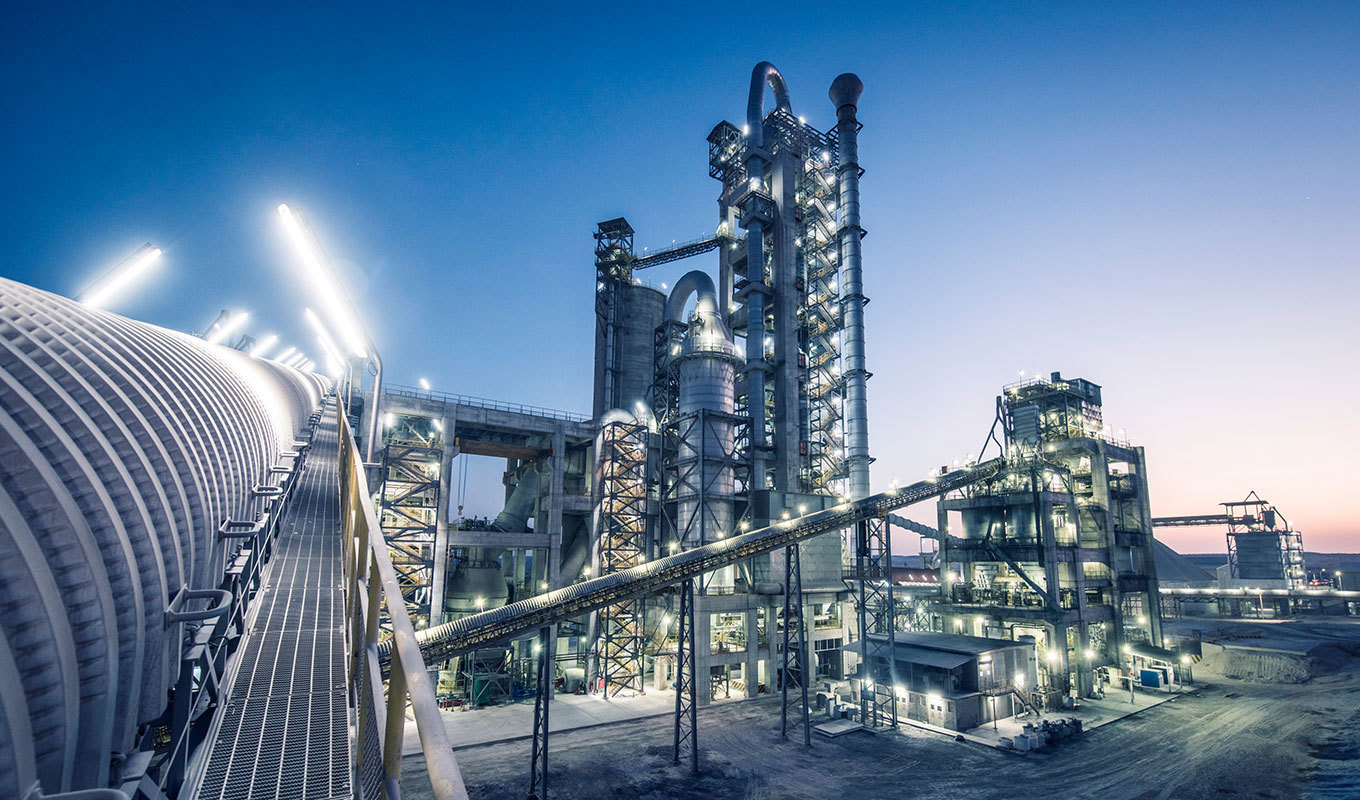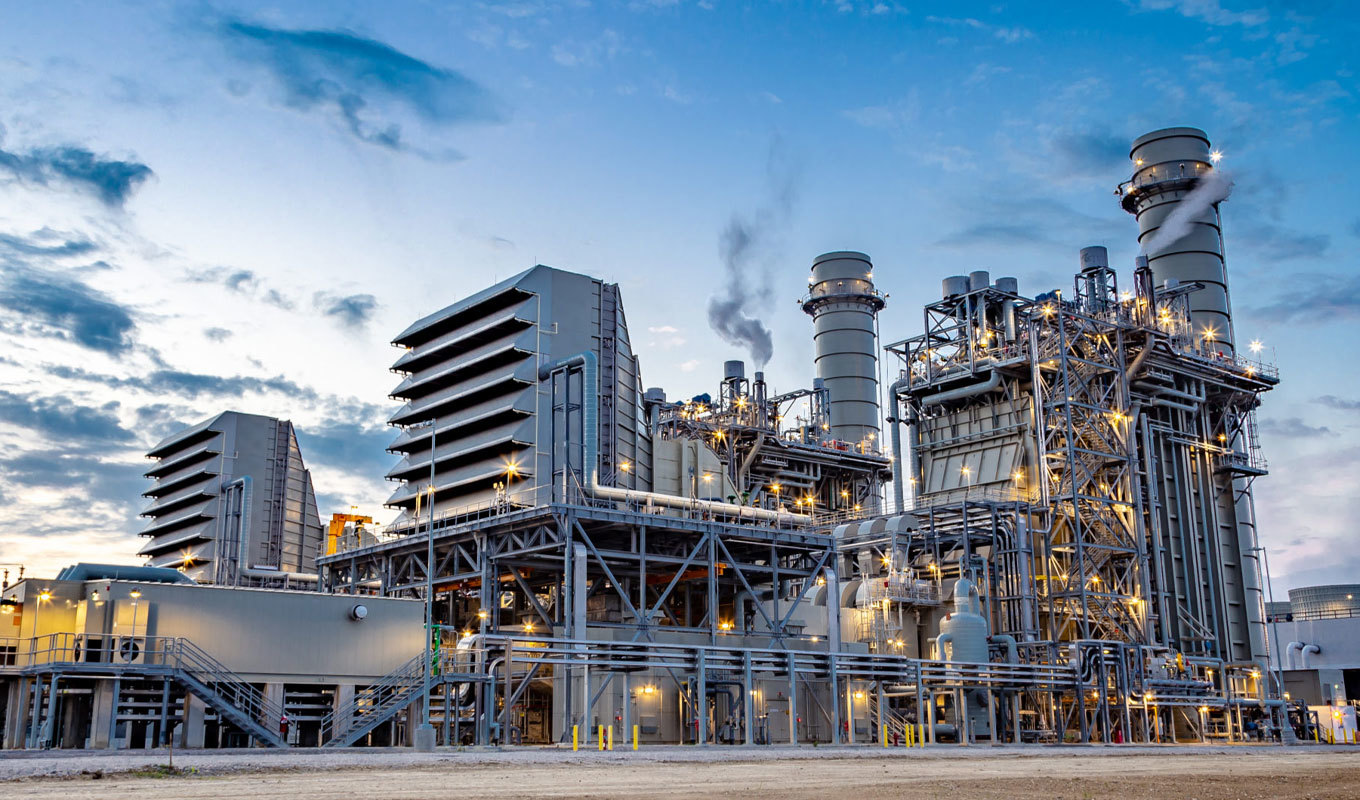Industrial Dust Collectors Solution: Chemical Industry
Sep 07,2024
In the chemical industry, smoke and dust are indeed easily generated during the chemical synthesis, raw material mixing, separation, drying, transportation, conversion, spraying, incineration and other processes. The sources and characteristics of these smoke and dust vary, but they all have certain impacts on the environment and human health.
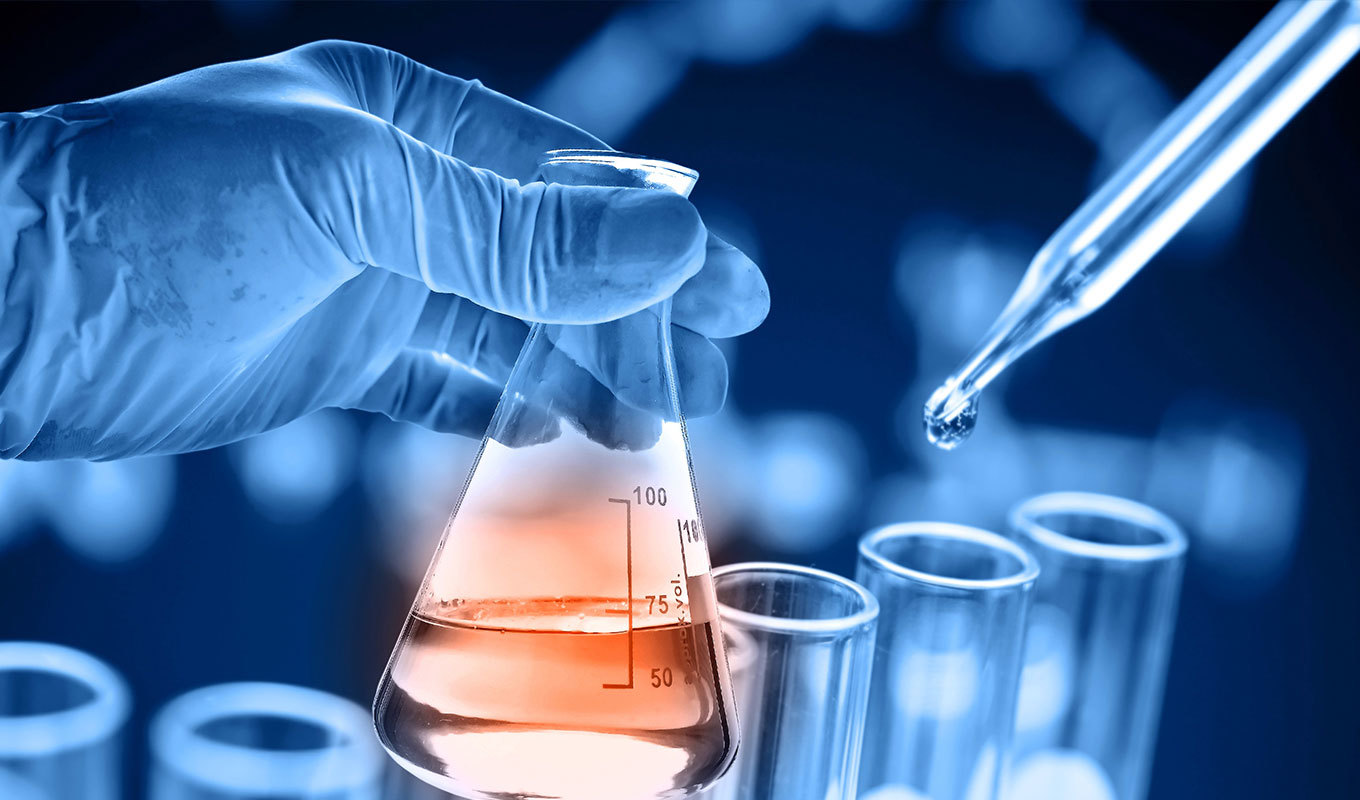
In the chemical industry, smoke and dust are indeed easily generated during the chemical synthesis, raw material mixing, separation, drying, transportation, conversion, spraying, incineration and other processes. The sources and characteristics of these smoke and dust vary, but they all have certain impacts on the environment and human health. The following is a detailed analysis of the smoke and dust generation in these processes:
1. Chemical synthesis and raw material mixing
- Source of smoke and dust: During the chemical synthesis and raw material mixing process, dust, particulate matter and other smoke and dust may be generated due to the chemical reaction and physical mixing of the materials.
- Characteristics: These smoke and dust may contain harmful chemicals, such as organic solvents, heavy metals, etc., which are potentially harmful to human health and the environment.
2. Separation and drying
- Source of smoke and dust: During the separation and drying process, especially the drying process, the water in the material evaporates to form water vapor, and may carry some solid particles to form smoke and dust.
- Characteristics: The smoke and dust generated during the drying process has a high temperature and may contain harmful substances such as volatile organic compounds (VOCs).
3. Transportation
- Source of smoke and dust: During the transportation of materials, dust and particulate matter are easily generated due to physical effects such as friction and collision.
- Characteristics: The amount of smoke generated during the transportation process depends on factors such as the nature of the material, the transportation speed, and the transportation method.
4. Conversion
- Source of smoke: During the chemical reaction conversion process, complex physical and chemical changes may occur between the raw materials and the products, generating smoke.
- Characteristics: The smoke generated during the conversion process has complex components and may contain a variety of harmful substances, such as acid mist, alkali mist, and toxic gases.
5. Spraying
- Source of smoke: During the spraying process, the paint is atomized into tiny particles and sprayed on the surface of the object, and a large amount of smoke containing paint particles will be generated.
- Characteristics: Spraying smoke may contain harmful substances such as volatile organic compounds (VOCs) and heavy metals, which are harmful to human health and the environment.
6. Incineration
- Source of smoke: During the incineration process, the material burns at high temperature to generate a large amount of smoke and exhaust gas.
- Characteristics: Incineration smoke may contain pollutants such as sulfur dioxide (SO2), nitrogen oxides (NOx), particulate matter (PM), and toxic and harmful substances such as dioxins. The incineration process requires strict control of temperature and combustion conditions to reduce the generation of pollutants.
Hot Tags:
PREVIOUS:
NEXT:
Related Products
More Application
The steel industry may generate smoke and dust in multiple production links, especially in areas such as feeding, steelmaking, rolling, sintering, and blast furnace workshops. These smoke and dust not only pollute the environment, but may also harm human health.
In the cement industry, smoke and dust may be generated in multiple production links, including crushers, raw material preparation, cement mills, dryers, calcination, material transportation, and packaging machines.
In the thermal power industry, coal-fired, gas-fired, biomass-fired boilers, as well as silos, coal bunkers, ash storage areas, etc. are indeed prone to generate smoke dust. These smoke dusts mainly come from the combustion process of fuels, the transportation and handling of materials, etc.
Power plants are prone to generate smoke and dust in production links such as coal transportation, pulverizing, boiler and combustion, and ash and slag systems.


